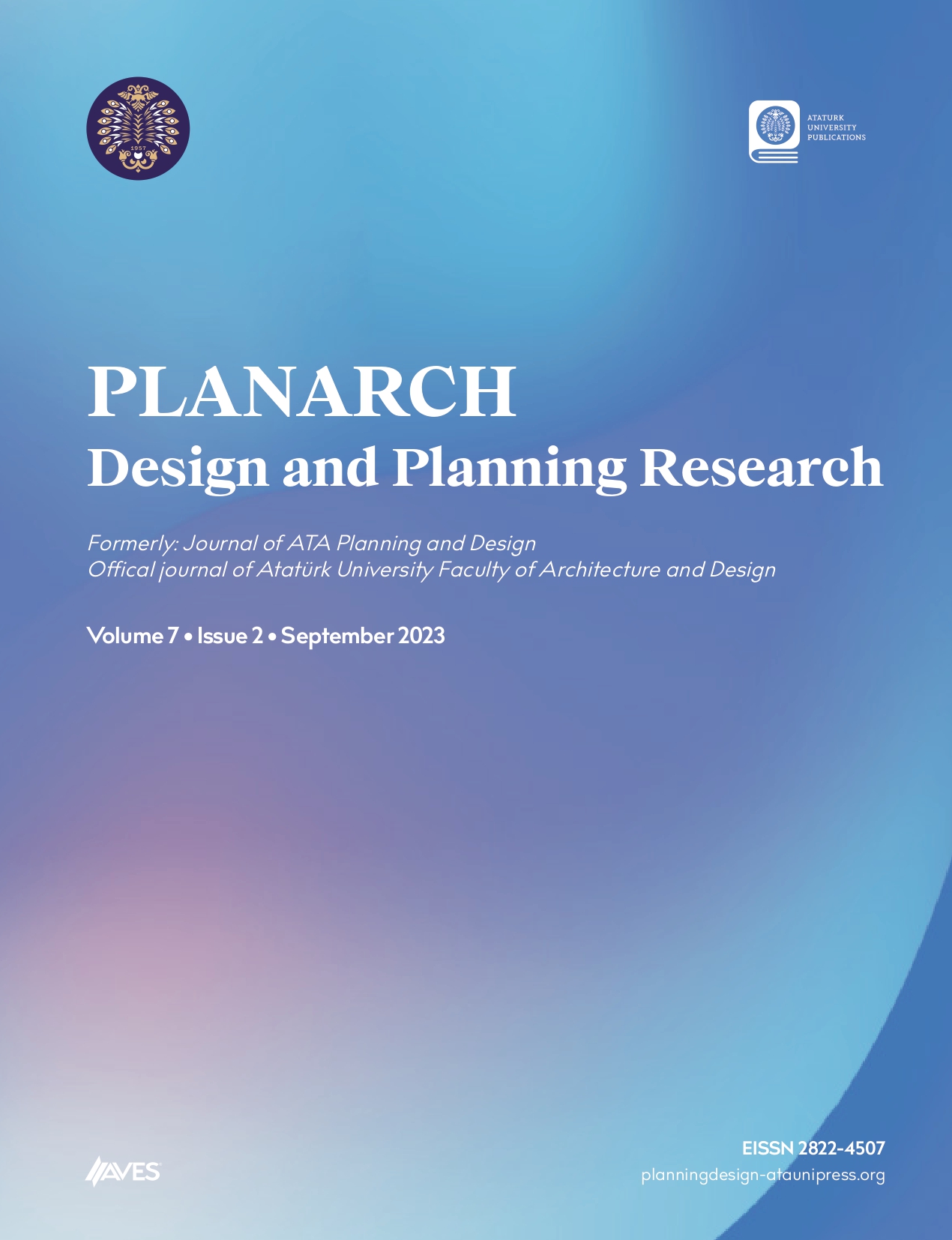The regionalist approach in architecture is a discourse focused on identity that gives priority to regional data such as local culture, climate, topographical data, local materials, and construction techniques. In local architecture, the physical, social, and cultural components of the place where the design is concerned are the main source of data for architectural design. In traditional times, the culture, activities, and production of human life are together with the place. However, with the industrial revolution, the complete detachment of production methods from the ground started the modernization process and the concepts of time and space disappeared. This situation caused a reaction from intellectuals and conscious architects in Islamic countries. The Aga Khan Award for Architecture, which came about because of this awareness of local culture and local architecture, is a prestigious award that has been in existence since 1977. In this study, the aim is to analyze the relationship between the Aga Khan Award for Architecture and place, local and technology within the context of Critical Regionalism. What is curious about the study is which site-specific design criteria are at the forefront when the Aga Khan Award for Architecture is given, and its distance from technology in the last period. For this purpose, the keywords (criteria) were determined by interpreting the ten items that Kenneth Frampton discoursed in 1987 as a method, and the relationship of the Aga Khan Award of Architecture selected within the scope of these criteria with place was analyzed.
Eleştirel Bölgeselcilik Kapsamında Ağa Han Mimarlık Ödülleri’nin Analizi
Mimarlıkta bölgeselci yaklaşım, yerel kültür, iklim, topoğrafya, yerel malzeme ve yapım tekniği gibi bölgeye ait verileri ön planda tutan kimlik odaklı bir söylemdir. Yerel mimarlıkta tasarımın söz konusu olduğu yer’e ait fiziki, sosyal, kültürel bileşenler mimari tasarım için temel veri kaynağıdır. Geleneksel dönemlerde insanın yaşam kültürü, faaliyetleri ve üretimi yerle birliktedir. Ancak Sanayi Devrimiyle üretim biçimlerinin yer’den tümüyle kopması modernleşme sürecini başlatmış olup zaman ve mekân kavramı adeta yok olmuştur. Bu durum İslam ülkelerinde hem aydınlar hem de bilinçli mimarlar arasında bir tepkinin oluşmasına neden olmuştur. Bu bilinçle ortaya çıkan Ağa Han Mimarlık Ödülleri yerel kültür ve yerel mimarlık bilinciyle 1977’den günümüze kadar varlığını devam ettiren prestijli bir ödüldür. Bu çalışmada Ağa Han Mimarlık Ödülleri’nin yer, yerel ve teknoloji ile ilişkisini Eleştirel Bölgeselcilik kapsamında analiz etmek hedeflenmiştir. Çalışmada merak edilen Ağa Han Mimarlık ödülleri verilirken hangi yer’e özgü tasarım kriterlerinin ön planda olduğu ve son dönemde Ağa Han Mimarlık Ödülleri’nin teknoloji ile olan mesafesidir. Bu amaçla çalışmada metot olarak Kenneth Frampton’ın 1987’lerde söylemleştirdiği on madde yorumlanarak mimari tasarımda yer’e özgü tasarımın kriterleri belirlenmiş ve bu kriterler kapsamında seçilen Ağa Han Mimarlık Ödüllü yapıların yer ile ilişkisi analiz edilmiştir.
Anahtar Kelimeler: Ağa Han Mimarlık Ödülleri, bölgeselcilik, eleştirel bölgeselcilik, yerellik, teknoloji
Cite this article as: Yıldız Kuyrukçu, E., & Özkan, H. (2023). The analysis of the Aga Khan Awards for architecture within the scope of critical regionalism. PLANARCH - Design and Planning Research, 7(1), 19-33.

.png)






